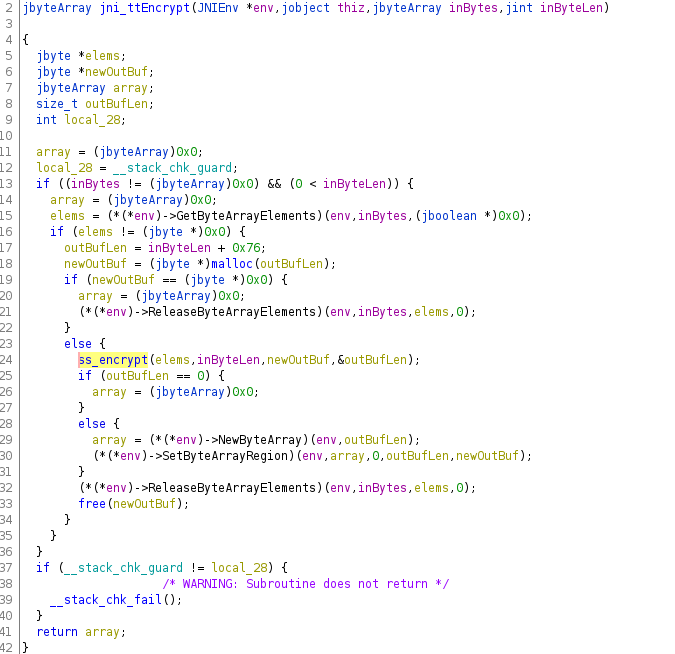(2 / 19)
Which libraries do you really need to get started with Machine Learning and why?
🧵👇
(2 / 19)
- Object-oriented programming in Python:Classes,Objects,Methods
- Lists & List functions
- List comprehension
- List slicing
- String formatting
- List,Dictionaries & Tuples
(3 / 19)
We will talk about👇
- TensorFlow (+ Keras)
- PyTorch
- Pandas
- Numpy
- Matplotlib
- SciKit Learn
- Seaborn
(4 / 19)
1. Pandas
Pandas is a python library that allows you to store and read data from spreadsheets ( .csv, .xlsv files ) in structures called Dataframes.
(5 / 19)
Pandas help you make the data frame itself.
(6 / 19)
Numpy allows you to manipulate the data. It replaces python lists and does the same things, like list slicing for example. However numpy lists are much faster to execute than the default python lists.
(7 / 19)
Matplotlib is a library for plotting data into pie charts, bar charts, and whatever kinds of graphs you can imagine.
(8 / 19)
Seaborn is based on Matplotlib and allows you to visualize data with support for themes (as in color schemes like VS code themes) and more visualization options.
(9 / 19)
Use it when you need to.
(10 / 19)
In machine learning, you will have to work with a lot of messy data! A lot!
These libraries are essential for you so that you can manipulate and analyze data.
(11 / 19)
Do not ignore data analysis and cleaning.
It is even more important than neural network!
(12 / 19)
(14 / 19)
- Both PyTorch and TensorFlow are equally amazing libraries.
(15 / 19)
Scikit learn does a lot of things, from regression to classification, you name it.
It is a great tool to have when working on machine learning.
(16 / 19)
Step 1: Learn Python well.
Step 2: Learn the basics of Numpy, Pandas, and matplotlib.
Step 3: Learn either PyTorch or TensorFlow or SciKit learn at the start.
(17 / 19)
More from Pratham Prasoon
This is a beginner's guide on mining cryptocurrencies.
🧵 👇🏻

Mining 101
Typically, when you transfer money using a service like Paypal, they take a small cut for facilitating the exchange.
In cryptocurrencies, people like you and me act as Paypal and facilitate exchanges of cryptocurrency. We get a cut for this just like Paypal did.
In order to make these transactions happen, our computers need to do some calculations which requires a lot of computational power.
A GPU or a Graphics Processing Unit which is typically marketed for gaming workloads can be used to mine cryptocurrencies.
Why do you need a GPU?
Today, there are so many miners that the "difficulty" of mining cryptocurrencies has skyrocketed, which basically means it takes a lot of computational power to mine crypto which GPUs can provide and CPUs cannot.
(❗ This is an oversimplification)
If you are interested in the inner workings of how blockchain and cryptocurrency, then I highly suggest that you read this thread by @oliverjumpertz
🧵 👇🏻

Mining 101
Typically, when you transfer money using a service like Paypal, they take a small cut for facilitating the exchange.
In cryptocurrencies, people like you and me act as Paypal and facilitate exchanges of cryptocurrency. We get a cut for this just like Paypal did.
In order to make these transactions happen, our computers need to do some calculations which requires a lot of computational power.
A GPU or a Graphics Processing Unit which is typically marketed for gaming workloads can be used to mine cryptocurrencies.
Why do you need a GPU?
Today, there are so many miners that the "difficulty" of mining cryptocurrencies has skyrocketed, which basically means it takes a lot of computational power to mine crypto which GPUs can provide and CPUs cannot.
(❗ This is an oversimplification)
If you are interested in the inner workings of how blockchain and cryptocurrency, then I highly suggest that you read this thread by @oliverjumpertz
What actually is a Blockchain?
— Oliver Jumpertz (@oliverjumpertz) February 16, 2021
Bitcoin is breaking record after record, but there must be more to the technology than just crypto, or not? Well, we can take a look at the underlying technology first to understand what it actually provides to us.
\U0001f9f5\u2b07\ufe0f
More from Machine learning
You May Also Like
Trending news of The Rock's daughter Simone Johnson's announcing her new Stage Name is breaking our Versus tool because "Wrestling Name" isn't in our database!
Here's the most useful #Factualist comparison pages #Thread 🧵

What is the difference between “pseudonym” and “stage name?”
Pseudonym means “a fictitious name (more literally, a false name), as those used by writers and movie stars,” while stage name is “the pseudonym of an entertainer.”
https://t.co/hT5XPkTepy #english #wiki #wikidiff
People also found this comparison helpful:
Alias #versus Stage Name: What’s the difference?
Alias means “another name; an assumed name,” while stage name means “the pseudonym of an entertainer.”
https://t.co/Kf7uVKekMd #Etymology #words
Another common #question:
What is the difference between “alias” and “pseudonym?”
As nouns alias means “another name; an assumed name,” while pseudonym means “a fictitious name (more literally, a false name), as those used by writers and movie
Here is a very basic #comparison: "Name versus Stage Name"
As #nouns, the difference is that name means “any nounal word or phrase which indicates a particular person, place, class, or thing,” but stage name means “the pseudonym of an
Here's the most useful #Factualist comparison pages #Thread 🧵

What is the difference between “pseudonym” and “stage name?”
Pseudonym means “a fictitious name (more literally, a false name), as those used by writers and movie stars,” while stage name is “the pseudonym of an entertainer.”
https://t.co/hT5XPkTepy #english #wiki #wikidiff
People also found this comparison helpful:
Alias #versus Stage Name: What’s the difference?
Alias means “another name; an assumed name,” while stage name means “the pseudonym of an entertainer.”
https://t.co/Kf7uVKekMd #Etymology #words
Another common #question:
What is the difference between “alias” and “pseudonym?”
As nouns alias means “another name; an assumed name,” while pseudonym means “a fictitious name (more literally, a false name), as those used by writers and movie
Here is a very basic #comparison: "Name versus Stage Name"
As #nouns, the difference is that name means “any nounal word or phrase which indicates a particular person, place, class, or thing,” but stage name means “the pseudonym of an




















